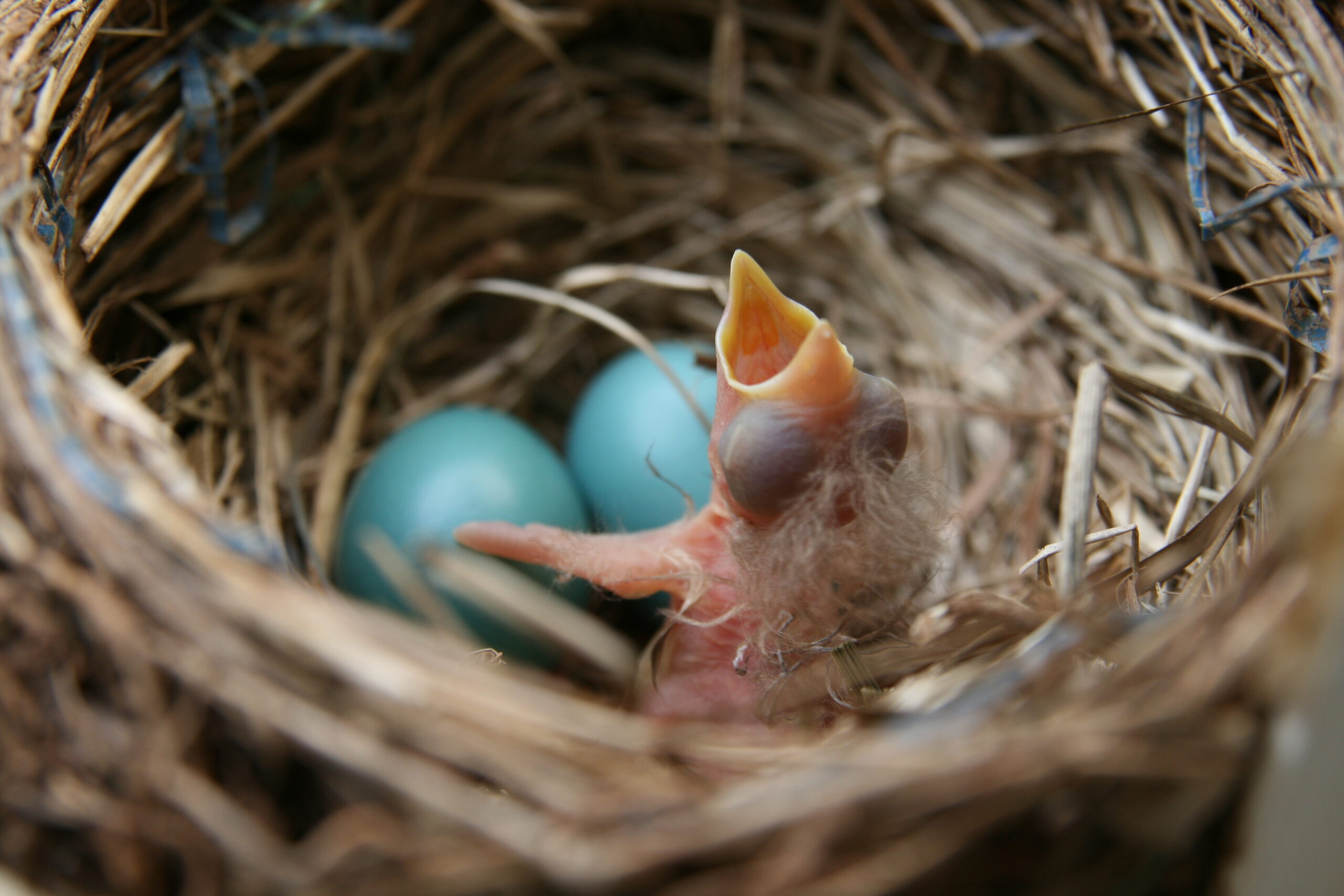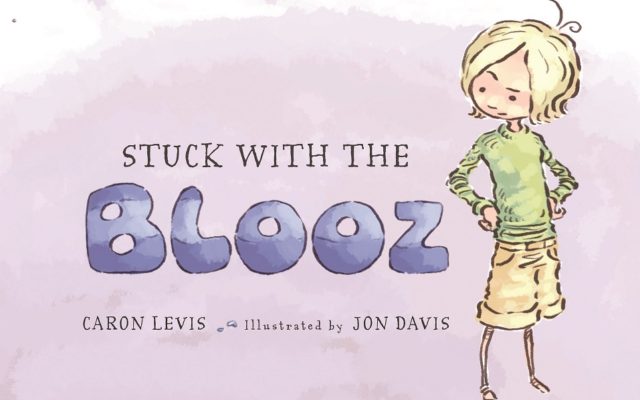Teaching world languages in middle school is a job that requires focus, energy, and creativity. Over the last five years of learning how to be an educator, I have used my creative mind in ways I never would have imagined as a young artist. That being said, the scope of creativity I could ask of my students seemed very limited due to the nature of a beginning world language class. My classes have often been joyful, energetic, and full of target language practice, yet none of my activities ever branched out to creative writing, because I wasn’t sure my students could write imaginatively in a second language.
Recently, in my education masters studies, I began a class which encouraged me as an educator not only to maintain my own artistic and creative practices, but also to bring them into my classroom. Inspired by the notion “to think and act creatively and strategically; to see opportunity when others see limitations or impossibility,” as Melisa Cahnmann-Taylor and Kuo Zhang write in their essay, “The Arts and TESOL,” I decided to take a chance and try a creative writing mini-unit in two of my classes. I chose to engage in this experiment in my 8th-grade Spanish One classes. I began my process by researching and selecting a poetic form from Spain which I felt would be both challenging and manageable for my students in their first language and in the target language. I selected a 16th-century form called the quintilla, or the quintain in English. (A quintilla is a poem consisting of five lines, each with eight or fewer syllables.) I then scoured the internet to find examples of this form that would be both age appropriate for my audience and inspiring to them as they began their own writing process. After this, I created a presentation that included the explanation of the structure of a quintilla, its possible rhyme schemes, and examples to analyze. I planned to discuss the form with my students and to analyze the pieces of poetry together as a class. They would then write a poem in English and in the following class write one in Spanish. I planned to start with a day of writing in English so that the students would not be overwhelmed by the combined challenges of writing creatively, learning how to work with a poetic form, and writing in their second language. The English writing day would allow them to become familiar and comfortable with creative writing in this structure so that they could approach the task in Spanish the following day without shutting down.
When I began the first lesson, I pulled up my presentation and began laying out what a quintilla was and how it was formatted. I expected to have to explain the poetic vocabulary terms used, such as stanza, line, and rhyme scheme, but my amazing students immediately shared the definitions as we began to discuss them. We then analyzed samples of quintilla poetry and the students pointed out the rhyme schemes with ease. We talked about how poetry does not always have to be about big serious themes like love, life, and death. We discussed the idea that poetry is often better when we reflect on the things around us and the things we know. I shared with them how I had recently written a villanelle about being a nail biter, and they quickly asked to read it. One of my students read it aloud, and at the end of the poem they gave me a finger-snapping ovation. I then passed each student a laptop, and they began to write.
On our English writing day, I was not sure of what to expect of my students. One student drew completely blank and got upset, while another didn’t want to engage seriously at all. However, the majority of my students took on the challenge with open hearts and positive spirits. It was intriguing to see the large variety of topics they chose to reflect on. Some wrote poems expressing the frustration of being in school and of being their age. Many wrote reflections on young love, both melancholy and joyful.
One student wrote a lovely poem dedicated to how much they love conchas, a type of sweet bread. The poem is simple and humorous and contains a tone of reverence for this delicious food over other fancy delicacies. It also deftly adds a taste of teenage vernacular by using the word “blah” in its final line to rhyme with “awe” in its third line:
Conchas
by LucyThe concha crumbles in my paw
The sweetness is always enough
When I eat them I’m in awe
way better than a thick cream puff
they could never taste close to blah
Another student wrote about a red fox. This poem has a strong visual nature to it as it describes a vision of the fox in splashes of color which “twinkle” through its surroundings. The poem creates both a sense of movement and a sense of resolution by the end. An impressive feat in a small number of words:
Red Fox
by SarahSwiftly in the dead silent night
by the trees, a splash of brown-red
twinkles through the brush as she fled
Small mouse in her jaw, brought to sight
The brown-red young glad to be fed
One student even wrote a poem about playing the video game Fortnite. This poem contains such a fun juxtaposition between more formal and developed vocabulary and the central concept of playing a videogame:
Fortnite Quintilla
by HarrisonThey named me the Fortnite deity
They always observe and applaud
They always seem to howl out “Forgery!”
They mean it with sincerity
I carry and win with my squad.
Reading through their poems, it felt like a whole new door had been opened. Through it I could see a little more of their perspectives on the world. I was particularly impressed and excited to see two of my male students deeply engage with the activity and write poems that were especially unique to themselves. In my first class, Steven, a quiet, outdoorsy student, spoke more than he had all year when we analyzed a poem about the beauty of nature. He then wrote this humorous untitled quintilla:
Walking in the store and wishing
The my raft would have stayed afloat.
Thinking of the waves not missing,
And putting a hole in my boat,
thinking I’d rather be fishing.
In my second class, one of my more athletic male students wrote a wonderful sensory quintilla about playing football. I especially appreciated these poems because they reflected experiences and knowledge very much outside my own. These two students did not attempt trite topics, but looked to reflect their own perspectives. To me, their works showed the breadth that poetry has as an expressive form to reflect upon one’s experience.
Our second day writing in Spanish turned out to be much more challenging than the first, which was to be expected. I again reviewed the structure of the quintilla form and we analyzed a few examples of poems together. My students then began to write their own poems in Spanish. Many sat still for quite a time, trying to find inspiration or a plan of attack for this new challenge. A few students immediately misunderstood the purpose, and tried to simply translate their poems from English to Spanish. They quickly discovered this tactic would not work with the form of the quintilla. As many stretched and struggled, I also saw them grow through searching for and learning new words to make rhymes. Many were also learning how to edit and shorten phrases in their second language, which they had never needed to do before.
Many students worked diligently trying to complete the poems and to format their phrases in Spanish for the required structure. The classroom vibrated with questions and ideas. As I read through their new drafts, I enjoyed many of the simpler topics brought on by the use of Spanish. Many students wrote about eating foods they enjoy, colors they love, or nature. Some students, as they had in their English poems, found ways to write about young love. I was pleased to see them connecting Spanish to feelings and experiences that seemed personal and meaningful to them. On the other end of the spectrum, I encountered ridiculous humor in one of my student’s quintillas. Lance surprised me with this strange poem about a boy eating a mouse and a man eating a cat! I have translated the poem into English beside the original:
El niño se comió el ratón
El hombre se comió el gato
Comieron en el balcón
Después limpiaron el plato
Hubo una conversaciónThe boy ate the mouse
The man ate the cat
They ate on the balcony
Later they cleaned the plate
There was a conversation
I was impressed to see this student using the ideas of absurdity and humor to create a unique little poem that almost sounds like a nursery rhyme. It uses simple words and ideas to create an odd but engaging image and sound as it is read. While all of the Spanish poems did not come out perfect, the classes put forth great efforts to meet the challenge of writing creatively in their second language.
I was specifically surprised and delighted to see that this imaginative and challenging endeavor was not only encouraging my students to think creatively in Spanish, but also to pay attention to form. Grammatical concepts such as agreeance of gender and number in adjectives, which had once seemed dry, now struck many of my students as important in their poems. So often in world language classes, we can become focused on quantity; we aim for exposure and practice to solidify new linguistic concepts by having students do as many activities as possible so they can grasp a grammatical concept or nail down a new set of vocabulary. The quintilla task focused less on quantity of words used or activities completed and more on precision: the precision of meaning and form in the target language. Instead of quickly doing five small practice activities, they had a single challenging one. Burdened with the task of expressing something in five lines of only eight syllables, I saw my students really focus in on the quality of their words.
By trying something new in my class, I gained several new perspectives. First, I discovered how much joy I find in coaching my students’ creativity. By focusing so often on form in my teaching of writing, I had lost sight of my love of creative and curious writing tasks. I also found that through their writing, I learned even more about who my students are, what their lives are like, and the gifts they possess. Their writing showed me the things they ponder and the lenses through which they see. Knowing them and their perspectives made me a better teacher, one who is more capable of serving them to the best of my ability. I was reminded through their work of the vast and impressive capacity that poetry has as a medium to encapsulate any personal experience; I was reminded that poetry is for everyone and can be used to share where we come from and who we are. Lastly, I found that by writing something more intentional-like poetry-in their second language, many of my students attended to the quality of their writing more than they had before. As a Spanish teacher I am not limited to straightforward and simple writing tasks; through planning and flexibility I can encourage my students to reach out for new words and new ways to express themselves in their second language.
Sydney Lumbreras Clifton is a Spanish teacher, a visual artist and a poet. She is a graduate of the University of Georgia.




One response to “Quality, Not Quantity”
That was a great experience to share! Love it! I’ll like to try it in my English class.